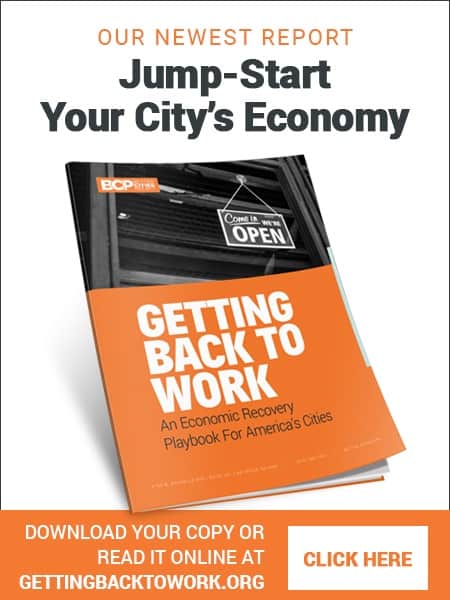Tulsa, Oklahoma, offers an instructive example. Instead of writing checks to businesses, it paid individuals. Since 2018, the Tulsa Remote program has offered remote workers $10,000 and support services if they relocated to the city for at least a year. More than 3,000 households have made the move. New research from the W.E. Upjohn Institute finds that this strategy not only attracted new residents—it delivered benefits to existing Tulsans at a scale that many traditional subsidies fail to match.
The key finding is what economists call the “but-for” rate: the share of people who would not have moved to Tulsa without the program. For Tulsa Remote, that rate was estimated at 58 to 70 percent. In other words, a clear majority of participants were genuinely induced by the offer. By contrast, studies of business tax incentives suggest that only about 6 percent of subsidized jobs are created because of the incentive. Most firms receiving breaks would have located or expanded there anyway.
The difference matters for taxpayers. A typical firm-focused subsidy might cost $200,000 or more per induced job. Tulsa Remote spent about $15,000 per participant—including both the cash grant and program administration. That is an order-of-magnitude difference in cost-effectiveness.
The benefits ripple outward. According to the Upjohn Institute’s model, every dollar Tulsa Remote spent generated more than four dollars in increased income for existing residents. Newcomers bought homes, dined out, and started businesses. Their presence raised the city’s profile among employers seeking skilled workers. The fiscal impact was also positive: tax bases grew faster than public service demands, leaving the city with more resources.
None of this means remote worker attraction is a cure-all. The program targeted relatively high earners, and the benefits for lower-income residents were indirect. Housing supply also matters: if new residents push up rents, affordability can erode. Cities considering similar programs should integrate them with zoning reform and workforce policies. Still, the Tulsa case shows that paying people can be more efficient than paying firms.
Other mid-sized cities now have a choice. They can continue offering large subsidies to businesses in the hope of landing a factory or office. Or they can test smaller, people-centered programs that draw talent and income directly. Tulsa Remote suggests the latter may deliver more bang for the buck.









